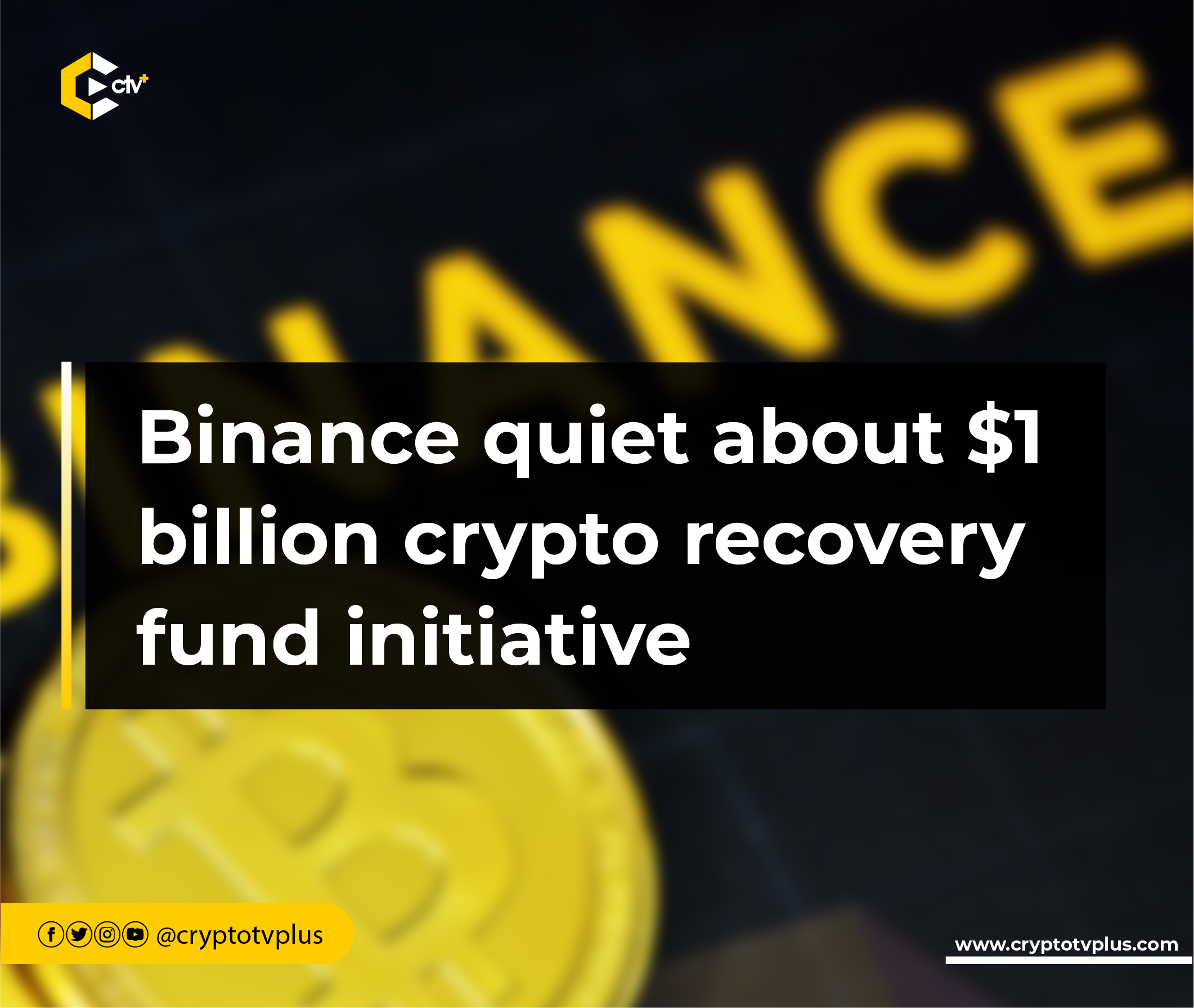News
Binance quiet about $1 billion crypto recovery fund initiative

Binance initiated the IRI fund but has only disbursed a mere 2.7% of the pledged $1.1 billion, which was allocated for safeguarding the crypto sphere post the FTX collapse. Furthermore, Binance has not disclosed the recipients of these funds.
A new report has questioned the effectiveness of Binance’s Industry Recovery Initiative (IRI), which Binance created to help the cryptocurrency industry in the wake of the FTX collapse.
Binance introduced the IRI back in November 2022 and has reportedly spent $15 million worth of its BUSD stablecoins, representing only a fraction of its $1 billion commitment in BUSD, as Bloomberg reported on October 10th.
Binance has since transferred the remaining $985 million of its pledged BUSD back to its treasury, to use it for further investments.
In March, Binance reportedly converted its pledged funds from BUSD to other cryptocurrencies like Bitcoin, citing concerns about the regulatory environment around stablecoins.
Aside from Binance, the IRI managed to gather an extra $100 million in funding from 18 different organizations by February 2023. Notable contributors included Animoca Brands, Aptos Labs, Jump Crypto, Polygon Ventures, and several others.
Binance claims that the IRI has funded 14 projects within three months of its launch, although Binance has not disclosed the names of the companies that received funding.
The only publicly disclosed spending from Binance’s $1 billion commitment to the IRI was the acquisition of Gopax, a South Korean cryptocurrency exchange, which Binance announced in early February.
According to data gathered by Bloomberg, the IRI has invested less than $30 million since its inception last year. Out of the nine participants who had been named, only DWF Labs and Aptos, which has received backing from Binance, have reportedly spent any of their committed funds.
However, It’s not clear whether the IRI is still operational and funding cryptocurrency projects, but the application form for the program is still available on Google Docs.
The gap between the IRI’s capital commitments and the actual funds it has disbursed comes at a time when the cryptocurrency industry is facing a funding crunch.
A report by blockchain analytics firm Messari, released on Oct. 5, revealed that venture capitalists have reduced the quarterly amount of capital flowing into crypto-related projects by as much as 70% since Q3 2022.
The report’s data revealed that the crypto VC volumes in Q3 2022 were only $2 billion, a far cry from the record high of $17 billion in Q1 2021.
Read also: EU considers tighter regulations for large-scale AI models
























